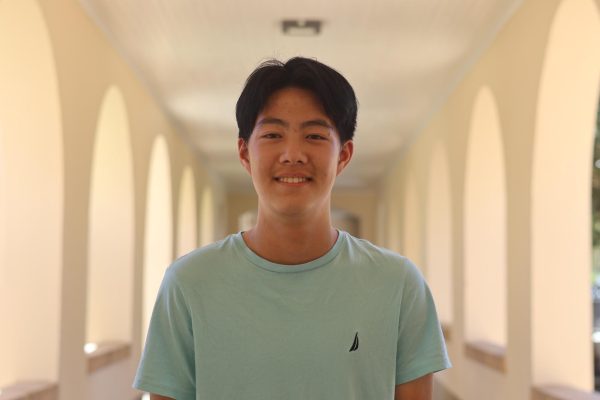Following Apple’s September launch event on Sept. 9, iOS 18 and MacOS 15 were released on Sept. 17, bringing an iPhone Mirroring feature that changes conversations around the recently passed California school phone ban policy.
Apple’s iPhone Mirroring feature allows users to mirror their phone’s display onto their Mac and interact with it as if they were interacting with their physical phone. This includes mobile only games (such as Supercell’s Clash Royale), mobile social media (such as ByteDance’s TikTok), and other mobile applications.
Because this feature works when the iPhone is turned off, students with a Mac and an iPhone, both upgraded to the latest software update, will be able to bypass potential restrictions, such as classroom phone jails.
Furthermore, the recently Phone-Free School Act signed by California Governor Gavin Newson, would impact students who do not wish to use Apple products.
This new feature comes at a cost: As students with Apple products are now able to access their phones without their physical devices, it is much harder for teachers to police their phone use during class.
Adding on to this, a phone ban would be unfair to students who choose not to use Apple products. With the new screen mirroring feature, a ban would worsen the already severe technological divide between students with different device brand preferences. Macs, with support for more advanced apps like Excel and Indesign, offer more utility and computing power than the school-issued Chromebooks, not to mention less monitoring.
However, some teachers aren’t as worried about the effects that this new technology will have on students. According to English teacher Alanna Williamson, this new feature isn’t as big of a deal as others.
“I don’t know that that’s really gonna be like life changing for anyone,” Williamson said. “I feel like sometimes Apple makes stuff … just for the sake of needing an update.”
Still, Williamson said she believes that Screen Mirroring contributes to a larger computer distraction problem in schools.
“In school, it’s … problematic because we already deal with the issue of, like, you can iMessage on your computer,” Williamson said. “So even if we take your phone away, you can just do.”
To fight against these distractions, Williamson has started mandating that students only use their school issues Chromebooks when in her classes.
“Why the English department has started doing the Chromebooks only thing, and saying no MacBooks is because the Apple ecosystem is so intense and so crazy as is,” Williamson said.
Computer science teacher Christopher Bell said that although this feature is cool, he believes that it will not have a big impact on phone usage in school.
“This new feature is pretty cool because you actually have a mirror of your device,” Bell said. “But most of our computers can do everything your phone already has. You have Instagram on your computer that you can already use, so I don’t think it’s that much different to have the ability to mirror your phone.”
According to Bell, he encourages students to use their computers instead of their phones for productivity in his class.
“In my classes, that’s what I say too: ‘put your phones away, we only need to be working on our computers for today, and it’s more powerful than your phone anyway,'” Bell said. “This pairing just makes for better productivity, and I don’t think there’s too much of a difference.”
With the rise of short-form content through apps like TikTok and Instagram, our youth’s attention spans are increasingly becoming shorter. The rate of attention-deficit disorder is rising, and it’s up to us to find a solution that addresses the root of the problem. We need to use technology to empower students, not distract them.
Here is a gallery showing how easy it is for individuals to utilize the new iPhone Mirroring feature:




